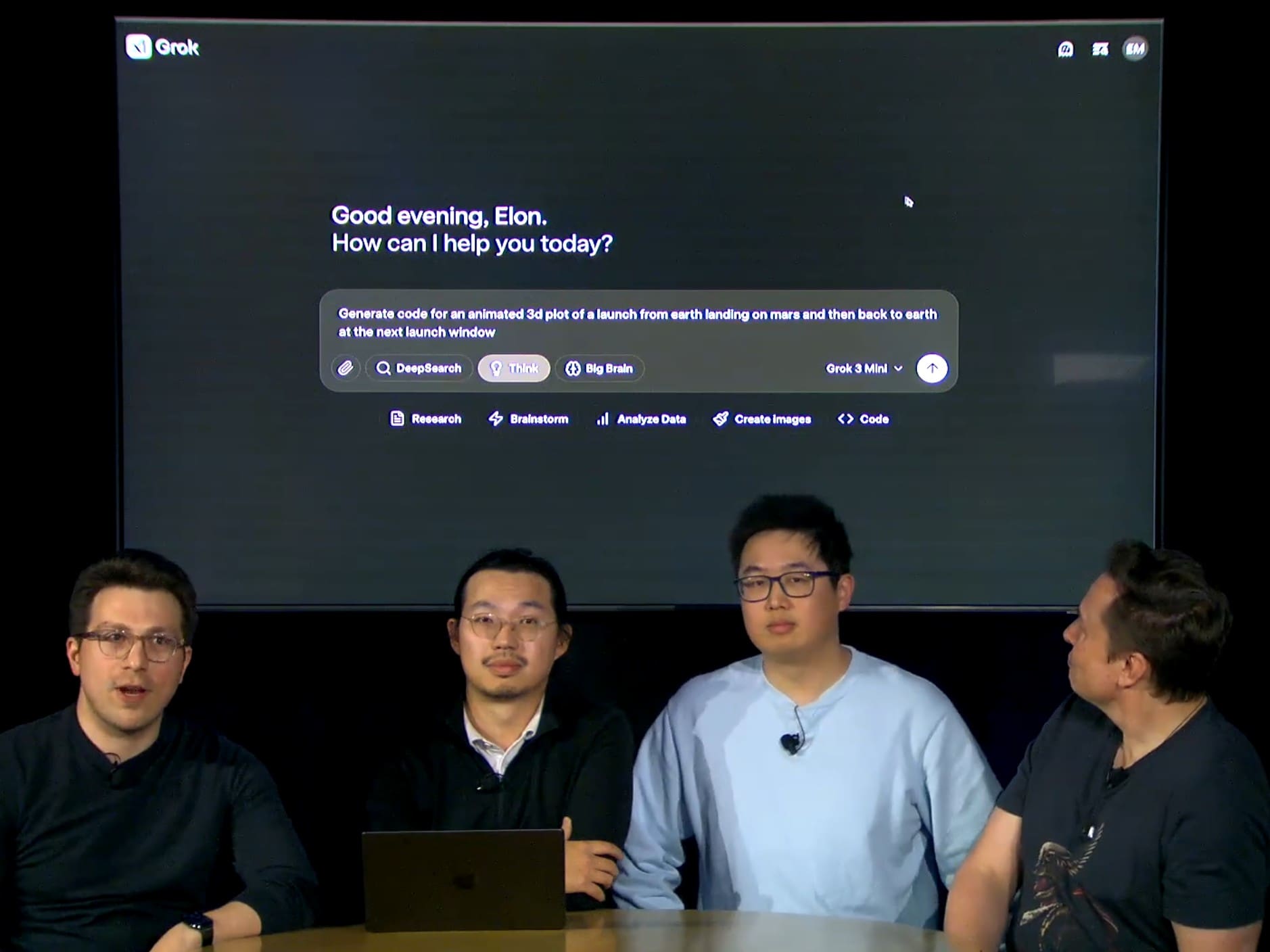In-Short
- xAI launches Grok 3 AI model with enhanced reasoning and image analysis capabilities.
- Grok 3 outperforms competitors in benchmarks and introduces new subscription plans.
- Musk plans to open-source Grok 2 following Grok 3’s stabilization and maturity.
- Grok 3 aims for political neutrality while maintaining its “truth-seeking” nature.
Summary of Grok 3 AI Model Launch
xAI has recently unveiled its advanced AI model, Grok 3, which boasts significant improvements over its predecessor, including image analysis and refined question-answering capabilities. Developed with a massive computational effort, Grok 3 is designed to be a “maximally truth-seeking AI,” as stated by Elon Musk, xAI’s owner. The model comes in various forms, including Grok 3 mini for faster responses and reasoning-focused variants that emulate human cognitive processes.
Grok 3’s Benchmark Achievements
In benchmark tests, Grok 3 has surpassed other leading AI models, including OpenAI’s GPT-4o, particularly in areas such as mathematics and science. It has also achieved the highest score on the Chatbot Arena platform, indicating its superior performance.
Protecting AI Intellectual Property
Musk has highlighted measures to protect Grok 3’s internal processes from distillation, a practice where knowledge is extracted from proprietary models, which has been a recent concern in the AI industry.
Subscription Plans and Open-Source Commitment
Access to Grok 3 is linked to X’s subscription tiers, with new plans like SuperGrok offering enhanced features. Musk also announced the intention to open-source Grok 2 once Grok 3 is stable, continuing xAI’s tradition of sharing its technology.
Addressing Political Neutrality
While Grok has been known for its unfiltered approach to politically-charged queries, Musk is steering Grok 3 towards political neutrality. This move is part of a broader discussion on the societal impacts of AI systems that engage with sensitive topics.
As AI technology progresses, Grok 3’s success will depend on its ability to deliver accurate results while navigating the complexities of user expectations and ethical considerations.
For more detailed insights, visit the original source.










